We’re all aware of the environmental issues we could face in the future if we don’t reduce the amount of waste we produce.
As such, we’ve made it our mission to ‘un-earth’ some of the most innovative ideas for recycling and reusing waste, from simple changes you can implement at home in your daily life, to more complex schemes for business and industry.
This article takes an in-depth look at some of the latest waste-reducing innovations, ranging from a small device you can add to your refrigerator that will help your fresh food last longer, right through to pioneering businesses who create roads, shoes or clothing from recycled plastic.
Let’s jump in.
Plastic Waste and Recycling Innovations
Plastic waste is possibly one of the most pressing issues our planet faces. The production of plastics back in the 1950s revolutionized the way we lived. But, we weren’t really aware of the long-term problem it would cause as we were focused on the many benefits and the convenience it brought into our lives.
It’s estimated that we’ve thrown away nearly 7 billion tonnes of plastic since it started being manufactured for general use. Only 500 million tonnes have been recycled leaving a staggering 6.5 billion tonnes that has been thrown away, most of it ending up in landfills.
PET (polyethylene terephthalate) is one of the worst offenders. It doesn’t easily decompose. Plastic decomposition relies on bacteria that break down the structure. PET is made from substances that bacteria cannot break down.
PET does eventually decompose but plastic bottles take up to 450 years. To give you an idea of exactly how long that is, William Shakespeare was alive 450 years ago in the UK!
These damaging types of plastic rely on a process called photodegradation, in which UV radiation from the sun acts to break down the plastic into smaller pieces over a long period of time. However, our landfills are made of layers and layers of compacted waste and soil. This means that sunlight is unlikely to reach the huge amount of plastics that are hidden below the surface.
Here’s a few examples of some of the latest innovations for dealing with plastic waste:
Creating Roads using Non-recyclable Plastic
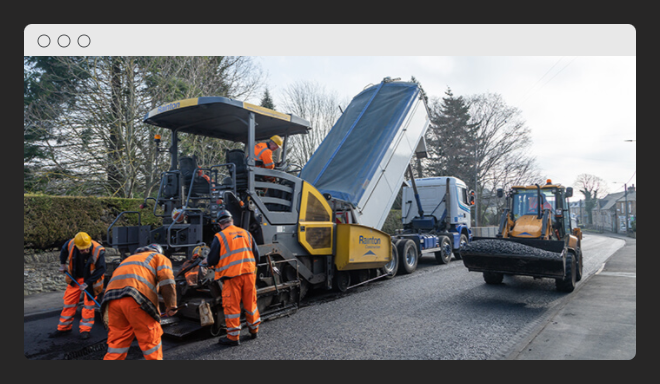
This company, https://macrebur.com/, has developed technology that enables the creation of roads partly using waste plastics. The process involves adding plastics to the bitumen mix. The company says that each km of road laid with this mix uses the equivalent weight of over 740, 000 one-time-use plastic bags and 1 tonne contains the equivalent of 80,000 plastic bottles.
This method also has the benefit of reducing the carbon footprint involved in building new roads as it uses less fossil fuel.
The company is now actively seeking contractors and distributors to increase the use of its product.
Developing New Plastic Waste Recycling Technologies
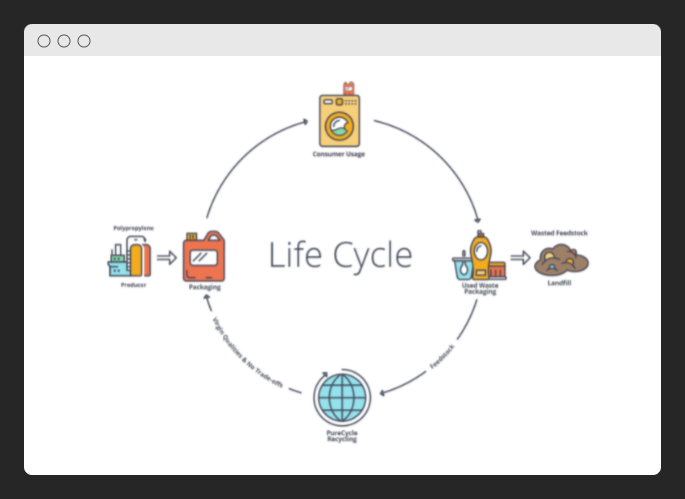
Ohio-based company, Purecycle (https://purecycle.com/), is using a ground-breaking recycling process that’s been developed by Procter and Gamble. This new technology separates color, odor, and contaminant from plastic waste. This means that it can be transformed into recycled polypropylene, therefore generating less plastic waste for landfill as well as improving accessibility to the recycled material for companies that aim to use a sustainable form of plastic in packaging and other materials.
Vending Machines Providing Credit for Recycling
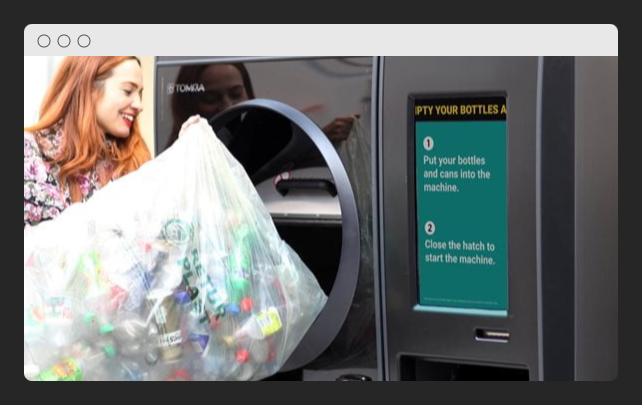
Glass bottles have long been recycled and many of us can remember visiting the local store to get money back on the returns. But now systems are being developed that treat plastic in the same way and give consumers credit for returning used beverage containers. These systems have actually been around for almost 50 years. But now, due to the growing sense of urgency, they’re becoming more widely available and are increasingly situated in or around grocery stores. That means it’s convenient and easy to recycle. To find out more, visit https://www.tomra.com/en/collection/reverse-vending/about-reverse-vending
Creating Affordable Housing using Plastic Waste
Organizations such as Upcycleafrica are developing new ways of using plastics in the construction of buildings such as houses.
The process involves using a material created by compacting plastic bottles, along with soil, to create robust, environmentally-friendly building materials. These replace traditional bricks, which need to be burnt for days. The burning of bricks means a large amount of carbon is produced and more forest needs to be cleared to provide room for the processing plants.
A Colombian company, Conceptosplasticos, is also creating production facilities in developing countries that enable waste plastics to be transformed into construction materials. Not only is this less harmful to the environment than traditional manufacturing processes, it also works to provide employment building new, affordable homes.
Food Grade Films
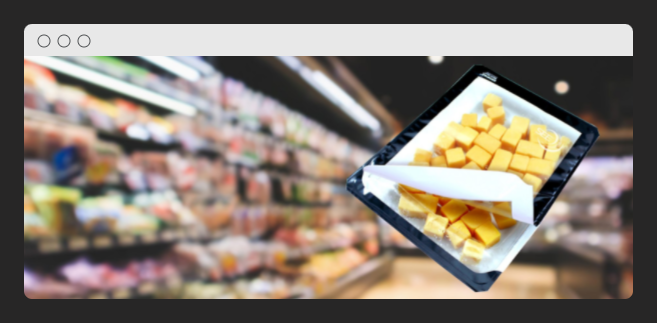
Many forms of packaging used for our food are made from single-use plastics. Sealed Air is creating packaging to replace traditional materials that is made from up to 30% recycled plastic. It’s also far thinner than other plastics used for this purpose so reduces the overall volume of waste created by these materials. Visit https://www.sealedair.com/company/sustainability to find out more.
Sorting Trash using Artificial Intelligence
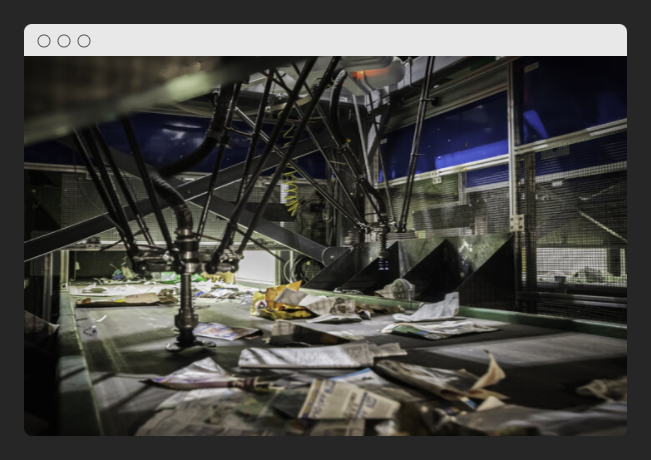
Whether we like the idea of it or not, AI is around to stay. And it can be used to efficiently sort and decontaminate recyclable plastics.
AMP Robotics has created an AI platform that can identify and categorize plastics, as well as paper and metals. This means that recyclable materials are easily and quickly sorted and can be decontaminated effectively. This process plays a large part in the creation of raw materials that can be resold and repurposed. Visit https://www.amprobotics.com/ to find out more.
Plastic-eating Fungi and Bacteria

Certain types of fungi are able to consume polyurethane, which is one of the main ingredients of many plastic products.
Recent research by Yale University discovered that a rare fungus called Pestalotiopsis microspora grows on polyurethane and uses it as its source of carbon. It can live either with or without oxygen and can digest a significant amount of polyurethane within as little as two weeks. To find out more, visit this website: https://www.treehugger.com/mushroom-that-eats-plastic-5121023
Scientists have also created a super-enzyme from a bacteria that naturally evolved the ability to eat plastic. The enzyme degrades plastic bottles with remarkable speed – up to six times faster than they would degrade naturally. This innovation could be available within a matter of just a couple of years. UK newspaper, The Guardian, had this to say: https://www.theguardian.com/environment/2020/sep/28/new-super-enzyme-eats-plastic-bottles-six-times-faster
Domestic Waste
Food Waste and Recycling Innovations
Changing societal attitudes towards waste is a big ask. But, if we start in our own homes, we can make a real difference. It also enables us to teach our children habits that will, hopefully, last a lifetime.
Let’s take a look at just a few of the innovations and new technology that have been developed to help us cut down on the amount of food and other materials we throw away:
The Compo Soil Waste Composting Machine
As much as half of the food we buy goes to waste. That’s a massive amount of waste by anyone’s standards. Food waste rots in landfill and creates a large amount of methane gas, which is very damaging to our atmosphere. In fact, methane is 25 times more damaging to our atmosphere than carbon dioxide.
As well as making sure we only buy what we need, unwanted vegetable matter can be made into compost. This means no methane is produced and the compost can be used for growing more food. But, composting can be a dirty, smelly business. Traditional composting requires the vegetable matter to be left for months to break down. It also needs a large ‘compost bin’, which many of us don’t have the space for outside.
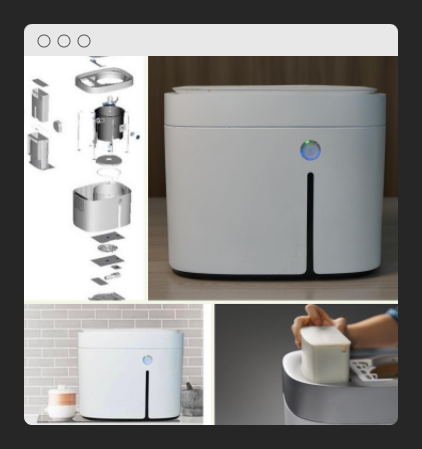
Compo Soil Food Waste Composting Machine grinds down food waste into dirt in just three hours. It’s a neat unit that can be placed in your kitchen or utility area. You put food waste into it, including meat products, pastries – even yard waste and bioplastics – switch it on, and in as little as three hours you have usable compost.
Stop Food from Rotting with Bluapple
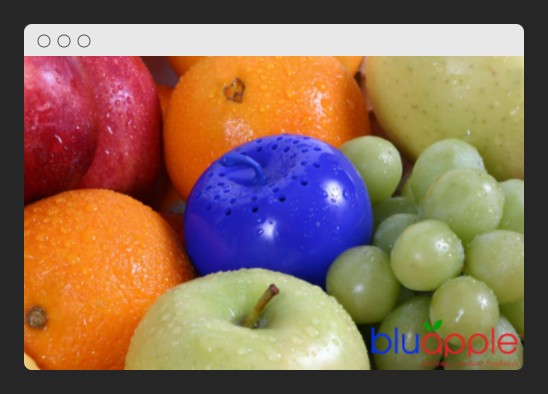
Fruit and vegetables rot faster due to the ethylene gas they give off. This gas stimulates them to ripen but then, if they aren’t used quickly, they start to rot. This process is even faster when fruit and vegetables are kept together in a confined space, such as the fridge…
Bluapple is an innovative device that’s placed in your fridge to absorb ethylene gas, therefore helping fresh food to last longer and reducing unnecessary waste. The device itself is cheap and will pay for itself, and much more, by cutting down on your wasted food. It’s also refillable so it won’t have to end up in landfill. Learn more on this website: https://thebluapple.com/pages/how-it-works
Share Wasted Food with Neighbors and Local Businesses
The OLIO app enables unwanted, but still usable, food to be shared between neighbors and even local businesses. You can also use the app to share non-food household items.
OLIO connects neighbors and businesses with each other so surplus food can be shared, not thrown away. This could be food nearing its sell-by date in local stores, spare home-grown vegetables, bread from your baker, or the groceries in your fridge when you go away.
Get the app on Google Play or Apple’s App Store and start finding surplus food for free in your local area whilst sharing your own.
You can also visit the OLIO website to purchase merchandise to help them spread the word and enable more people to save money whilst reducing waste. Find out more here: https://olioex.com/about/#about
Get Unwanted Food from Grocery Stores in Your Area
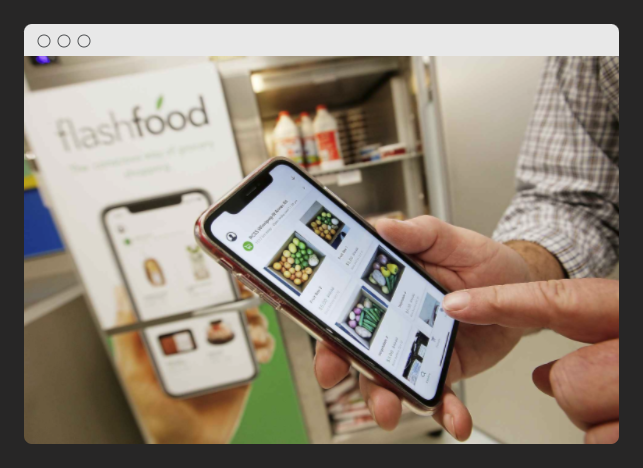
Based in Toronto, Flashfood is an app that can be used by restaurants to help them sell food that’s about to go out of date. This reduces the strain on their profit margin, cuts down on food waste, and means you can get food that’s still unspoiled at a bargain price – at least a 50% discount.
Using the app, you turn on the notifications for restaurants in your area of America or Canada. You’re then pinged with a photo of anything that’s up for grabs. You can get the app from Apple’s Play Store or Google Apps or you can buy it directly from Flashfood here: https://www.vice.com/en/article/ezppya/this-app-lets-people-buy-food-cheaply-right-before-it-expires-flashfood-toronto
More Domestic Innovations
Reusable Beeswax Food Wrap

(Image Credit)
Follow the link to learn how to make food wrap from waste textiles and sustainable beeswax. Not only are these wraps perfect for lunch boxes, or keeping food fresh in your fridge, you can wash them and use them again. No more single-use food wrapping films! https://www.nhm.ac.uk/discover/how-to-make-beeswax-wraps.html
Buying Sustainable Sneakers
Did you know that less than 1% of the textiles made in the fashion industry are recycled back into the manufacturing process?
This company collects waste clothes and shoes and upcycles them into cool sneakers! When the sneakers reach the end of their life, they can be used again to create more sneakers. The sustainable products are vegan-friendly too so you’ll be taking steps to become a guilt-free consumer!
Home-Made Cleaning Products
The products we use to clean our homes often contain substances that can damage our environment. They are also packaged in plastic that adds to landfill or takes lots of energy to recycle and reuse.
An effective way to cut down on the problems your cleaning products cause our planet is to make your own and use old, reusable plastic bottles to package them. This site explains how you can make washing-up liquid, detergents, and other cleaning products yourself: https://thegreenparent.co.uk/articles/read/make-your-own-cleaning-products
Getting the Kids Onboard
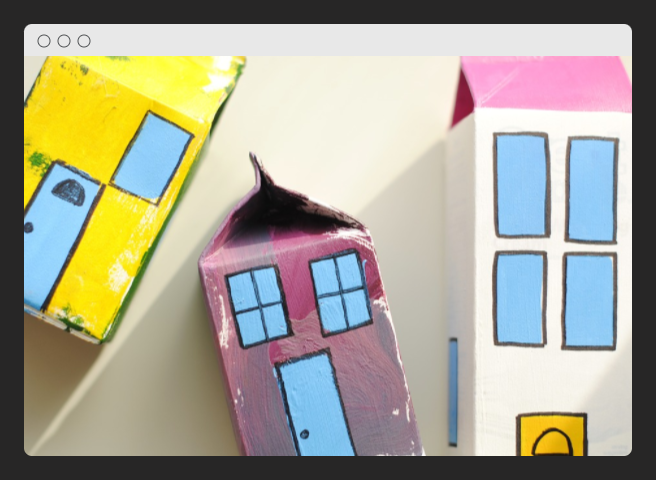
The next generation is growing up in a world where most people are now seriously worried about climate change and our negative impact on the environment. This means that they are very often well-informed about different ways to be kinder to the environment. They’re also very receptive to learning about new innovations and keen to play their part.
This blog has been providing information about different ways to recycle since 2015. It’s written in the UK, but the information is relevant all over the world… and lots of the projects are great fun too! Use it at home or introduce your school to this great resource: https://www.forgerecycling.co.uk/blog/get-kids-into-recycling/
Composting
We’ve mentioned a way to compost quickly in your own home. But, if you have a yard or other space outside, you can do your composting outdoors. Composting your food and yard waste means that it doesn’t end up in landfill sites, rotting away and releasing harmful methane.
This article shows you step-by-step how to build a compost bin by reusing wooden pallets: https://www.gardenersworld.com/how-to/diy/how-to-build-a-compost-bin/
Catch Microfibers in your Washing Machine
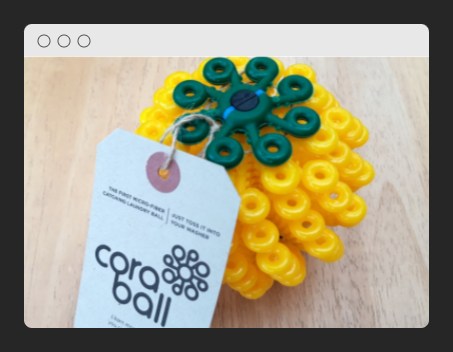
Every time you wash your clothes, acrylic microfibers accumulate from the partial breakdown of the textiles. The Cora Ball collects these fibers so that they can be disposed of properly, rather than with the wastewater from the washing machine, meaning they don’t end up finding their way into our waterways and, ultimately, into the ocean. Read more here: https://www.coraball.com/
Commercial and Industrial Waste Recycling Innovations
Industry has a massive part to play in reducing waste. Recycling was seen as a bit of a novelty for many decades. But now, with the huge problems it causes knocking on our doors, it’s no longer an option. Industry and businesses have to act now and manufacturers of greener technologies have plenty of solutions.
Here’s a rundown on some of the latest developments:
Turning Farm Waste into Energy
Slurry, manure, and the other bi-products of farming are a problem for the environment. Dealing with this kind of waste also usually means that it requires carbon-heavy transportation to waste sites.
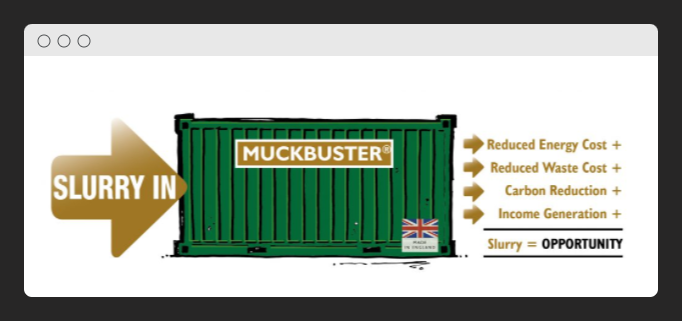
The Muckbuster is a unit designed to be used on the farm. It uses anaerobic digestion of the waste matter and captures the energy created by the process as biogas.
The biogas can then be used to fuel a special engine that produces electricity and heat for the farm site. An added bonus is the Muckbuster produces useful fertilizer as a bi-product – a win-win for savvy farmers. Check it out here: https://www.energy-xprt.com/products/muckbuster-anaerobic-digestion-units-102365
The company also manufactures a similar unit called the Flexibuster. The Flexibuster works on the same basis but can use a variety of organic waste materials. Find out more here: https://www.energy-xprt.com/products/flexibuster-anaerobic-digestion-units-512028
Batteries for the National Grid
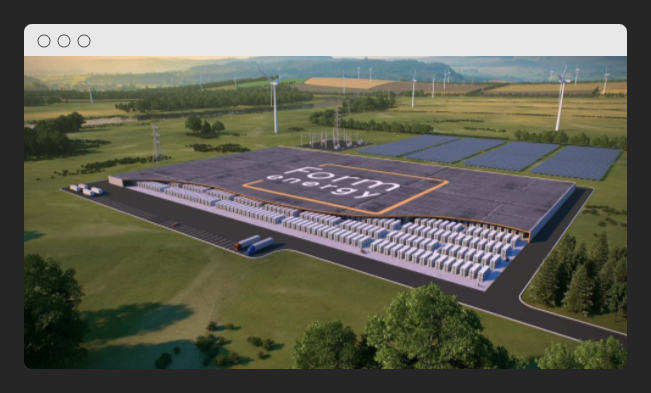
Producing and storing energy for America and Canada is a process that creates an enormous amount of harmful emissions.
Form Energy has created a refrigerator-sized battery to be used as part of the electricity grid. The components of the battery are made from abundant materials that are also safe and relatively cheap – iron, water, and air.
Form Energy’s batteries can store electricity for up to 100 hours. Take a look:
https://formenergy.com/technology/battery-technology/
Reduce Over-Ordering in Commercial Kitchens
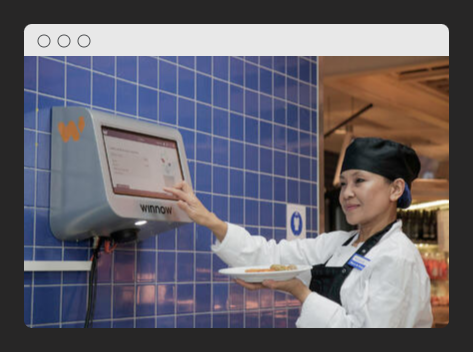
The creators of a new AI-enabled system to help commercial kitchens reduce waste say this, “Food waste costs the hospitality industry over $100bn annually. Kitchens can waste up to 20% of food purchased, often equivalent to their total net profits. This is because chefs too often lack the necessary tools to accurately measure and manage waste.”
Winnow Vision uses AI to help combat the problem of commercial food waste. The unit comprises a digital scale attached to a tablet device. Winnow Vision takes photos of wasted food. Using these photos, it learns to recognize what is being wasted in the kitchen.
With data about what is being thrown in the trash, chefs can change their ordering habits and stop over-purchasing food that’s likely to end up as waste. As a bonus, this also increases the establishment’s profits. Visit their website to find out more: https://www.winnowsolutions.com/company
Turning Food into Energy
The calories in the food we eat fuel us with the energy we need to live. However, this energy can be used for much more.
This company has developed a system called ‘The Dragon’ food waste to energy biomass process. The technology is aimed at larger commercial or public sector users that create a large volume of food waste. It uses unwanted food to create biomass fuel. This can be used to produce heat or to heat water.
Using waste food to produce energy cuts down on the use of fossil fuels. Take a look at how it’s helping save energy costs and reduce emissions here: https://foodwastexperts.com/anaerobic-digestion
Better Management of Recycle Bins
Recytrust offers a system that makes managing recycling bin collection and use easier than ever before. The system is aimed at workplaces and uses a digital scale to monitor how much waste is being thrown away by staff. A digitized ID system means that volume calculations are available, even on an employee-by-employee basis.
The digital weight scales are teamed with an intuitive software platform that can notify users when the bin needs to be emptied. This cuts down on unnecessary visits by waste management companies that cost money and create more carbon emissions. Read more about this innovation here: https://recytrust.com/technology
E-Waste and Recycling Innovations
Electronic waste from our tech devices is becoming a bigger problem year on year. E-waste includes anything with an electrical component: common sources include televisions, computers, mobile phones, electrical home appliances, and children’s toys.
When unwanted electrical equipment is sent to landfill, toxic chemicals can leach into the ground and find their way into waterways.
As well as the clear environmental concerns, electronics contain very valuable resources, including silver, copper, platinum, gold, aluminum, and cobalt which can all be reused.
Let’s take a look at a couple of the latest developments to help us reduce the amount of e-waste finding its way to landfill:
Remanufactured Laptops
It seems that we have a constant need for new gadgets and technology. This is especially the case when it comes to home computers.
Circular Computing remanufactures and sells laptops to customers from all over the world. Unlike traditional refurbishing, remanufacturing is carried out to exacting standards using precision engineering and extensive checks to ensure consistent quality of the product.
They say, “Through the unique Circular Computing™ remanufacturing process, we re-use 99% of the original materials to remanufacture a laptop and the last 1% goes into recycling, where it is transformed into pallets.”
Learn more about the products and the processes used in Circular Computing’s remanufacturing here: https://circularcomputing.com/remanufacturing-process/
Recycling Broken Electronic Devices
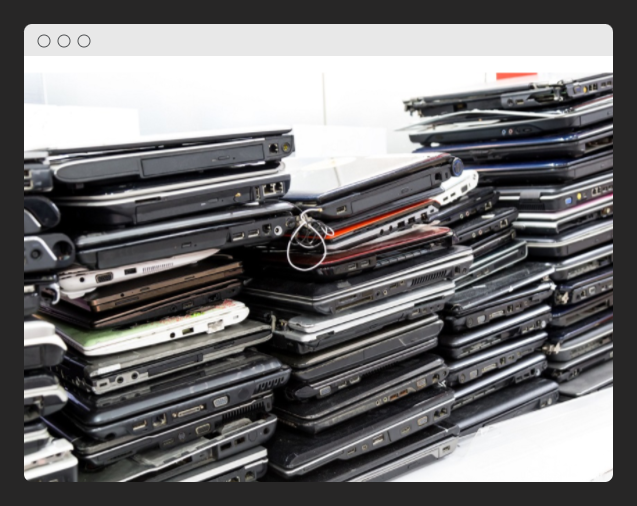
E-waste is a huge problem around the world. But, it’s not just computers that can be refurbished and remanufactured to be used again. Many other devices, including TVs, computers, and mobile phones can be recycled.
If your device is no longer wanted but still functional, consider donating it to a thrift store, school, or other such organization. But, if it’s not working now, it’s easy to send it to a company that can repurpose or recycle it to avoid it ending up as part of the e-waste problem.
Stores such as Home Depot, Best Buy, Lowe’s, and Staples commonly offer recycling facilities for broken electronic devices, so check in your local area to find your nearest. For more information visit: https://sustainablereview.com/recycling-electronics/
Final Thoughts
So, there you have it.
Our list and guide to the exciting world of waste and recycling innovations.
But what’s the next step for you?
Well, we’ve put together another guide for you to check out.
It’s our detailed guide to reducing waste in almost any setting.
From schools, offices and where you live.
We’ve covered it all.
Click below to check it out.




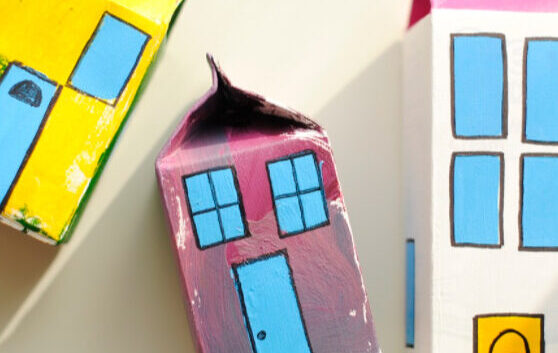
Follow Us